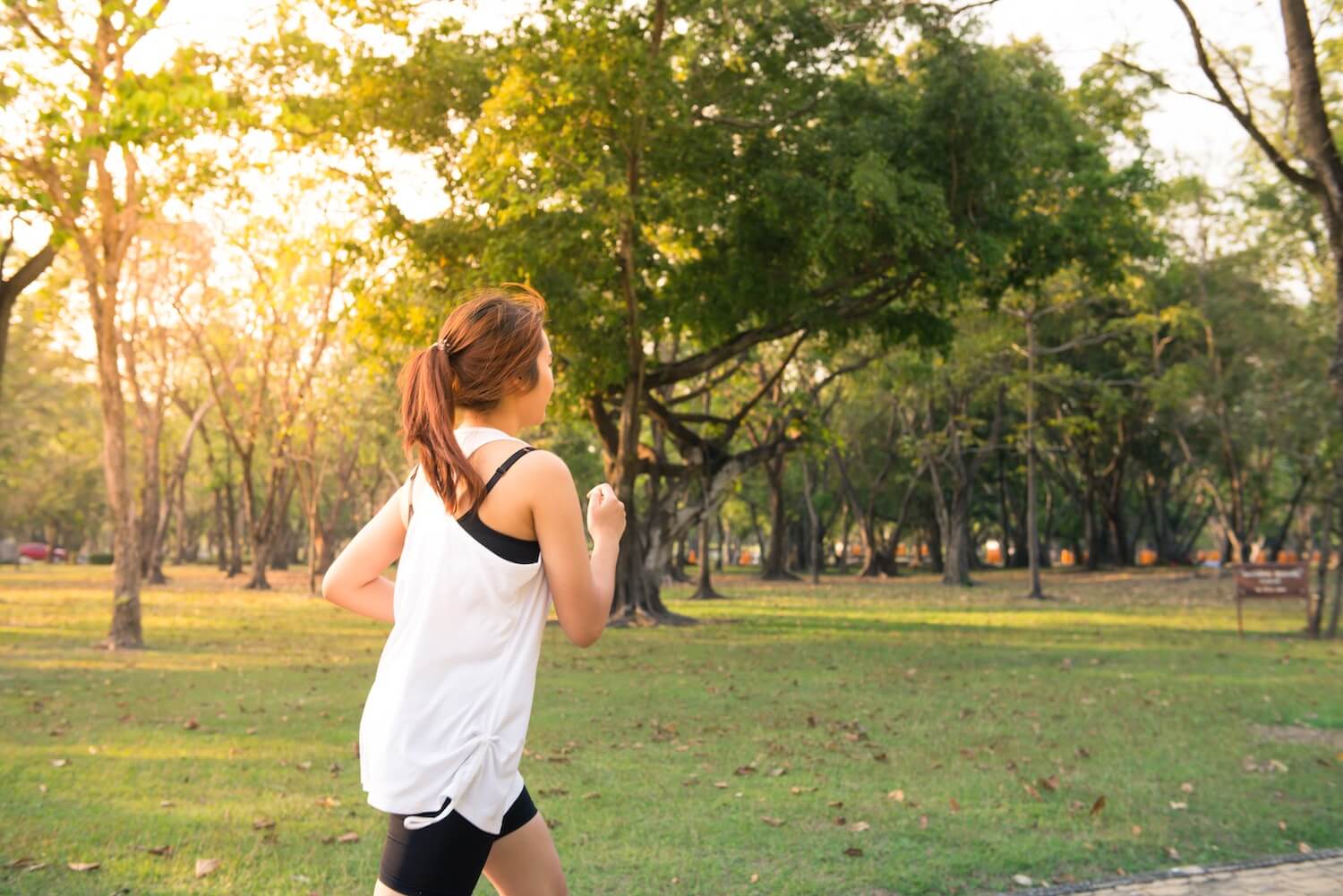
News
During 2023, Active Geelong partnered with the Barwon Health Healthy Communities team to deliver a ‘Group Model Build’ for Cobram Estate Olives. This process...
Continue readingThe 2023 Active Geelong Active Workplace Awards were presented during a gala breakfast at GMHBA Stadium on Wednesday 8th of November. The event was...
Continue readingWinter’s setting in and the great temptation for many people is to rug up, stay indoors and hunker down until spring when they should...
Continue readingYour donation impacts the Geelong region, supporting healthier communities

Physical activity is more than sport and exercise classes. From walking up stairs to vacuuming the floor it includes any movement you do throughout your day. There are lots of ways to increase your physical activity when you understand what it actually is.
We all know we should exercise more and improve our fitness. Immediately we think aerobics classes, joining a gym or pulling the football boots back on. But what if we told you there was an easier way? What if we told you being physically active could be built into your everyday life with little bother but much to gain?
Physical activity is defined as “any bodily movement produced by skeletal muscles that requires energy expenditure” . This means if you move your muscles you’re being physically active.
Physical activity in the context of daily, family, and community activities includes:
- leisure time physical activity (e.g. gardening, dancing)
- transportation (e.g. walking or cycling)
- occupational (e.g. work, volunteer, parenting)
- household chores
- play
- games
- sports
- planned exercise
We can break physical activity into two parts – incidental and structured.
Incidental physical activity
Incidental physical activity is movement you do throughout your day. For example walking to the train station, sweeping the floor, walking to a meeting, playing with your children or walking up the stairs. Each task doesn’t last very long on its own, usually under 10 minutes, but when combined across the day can add up to a significant amount of movement.
Researchers now know that increasing incidental exercise and reducing sedentary time (time being still e.g. sitting) can significantly impact on your health.
Structured physical activity
Structured physical activity, also known as exercise, is physical activity that lasts longer than 10 minutes and is performed with the aim of improving fitness and health. Sport fits into this category as does swimming, purposeful walking e.g. walking the dog, cycling to work and exercise classes.
We need to maximise our incidental activity and include structured physical activity to optimise our health.
In a workplace understanding what physical activity is, can assist with planning initiatives to improve physical activity for employees. You might choose one structured activity like a corporate discount at a local gym or a walking group, and several initiatives to promote incidental activity like walking meetings or taking the stairs.
As an individual if you already play sports you can look at ways to increase your incidental activities like parking an extra block away or standing up to take a phone call. If you feel you’ve got the incidental covered then planning a daily 20 minute walk or swim would be of greater benefit to your health.